What is the color sensor from Elecfreaks?
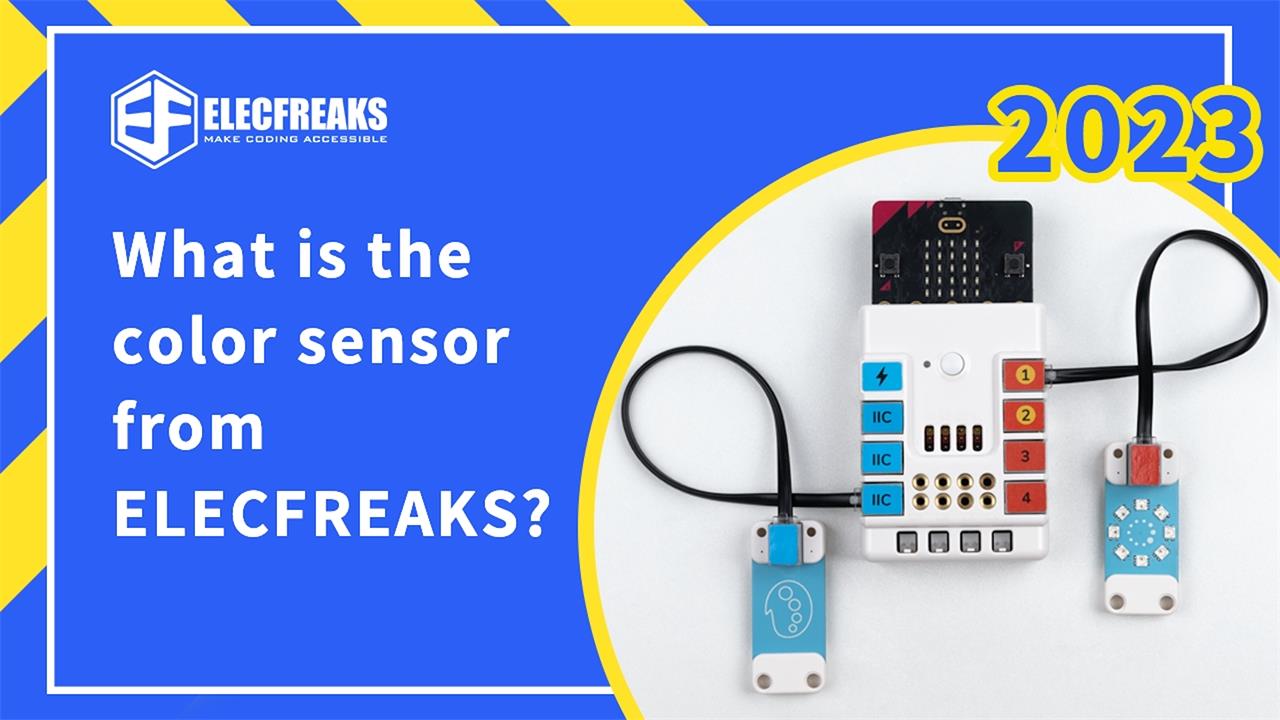
Color sensor – What’s that?
Among sensors that detect light, sensors that detect the three primary colors of red, green, and blue are called color sensors.
Color sensors detect RGB values by receiving ambient light using photodiodes.
Color Sensor - How It Works
When an object is irradiated with light containing RGB components, the color of the reflected light changes according to the color of the object.
For example, if the object is red, the reflected light will be red. For a yellow object, the reflected light will be red and green, and if the object is white, all three components will be reflected.
In this way, the color of the object is determined by the ratio of the color components (RGB) in the reflected light.
Likewise, the human eye determines color by receiving these reflected light components.
It is impossible to see in the dark. This is because there is no incident (illumination) light, which means no reflected light, everything looks pitch black.
Like the human eye, a color sensor determines color by first detecting light (using a photodiode) and then calculating the ratio of the received R, G, and B.
The PlanetX color recognition sensor from ELECFREAKS is able to read the HUE value of the detected object which makes it possible to recognize the color, so here comes the question again- what’s the HUE value? Hue is a degree on the color wheel from 0 to 360. 0 is red, 120 is green, and 240 is blue.
Here is a picture of how it looks:
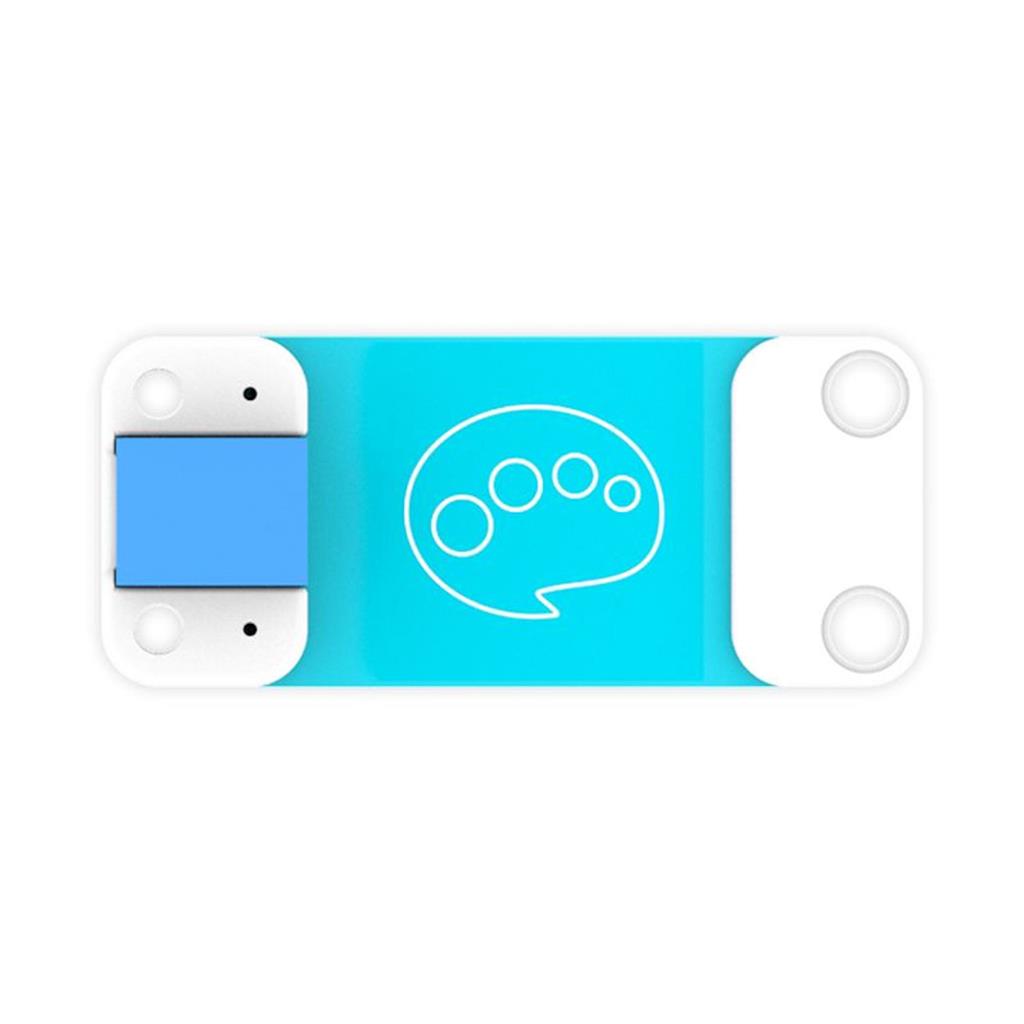
Based on the working principle of the color sensor, ELECFREAKS combines the features with the dedicated design that is compatible with the blocks in the markets and also the connectors in RJ11 type- this is quite easy to be connected with the cable socket with the anti-plug function.
Besides, this is not like the boards that we can mostly find in the markets as the bare PCB type, ELECFREAKS has updated the protective case with a round and beautiful shell.
Though ELECFREAKS still have the Octopus sensors in bare PCB type for sale now, the same module name has the same function but their connections and application are different.
Application
Driven by the micro:bit Nezha Expansion board, which has a built-in lithium battery and is able to drive the motors, servos, and sensors such as the planetX color sensor we are talking about in this blog. It is also able to connect with regular lego blocks to make more building possibilities available and what’s more, it is also compatible with the fischertechnik structure. With the help of the micro:bit board, you can easily have it powered and programmed in the makecode platform, and thus, a color detection case could be easily built with these three products.
Here we can have a look at what the Nezha expansion board is:
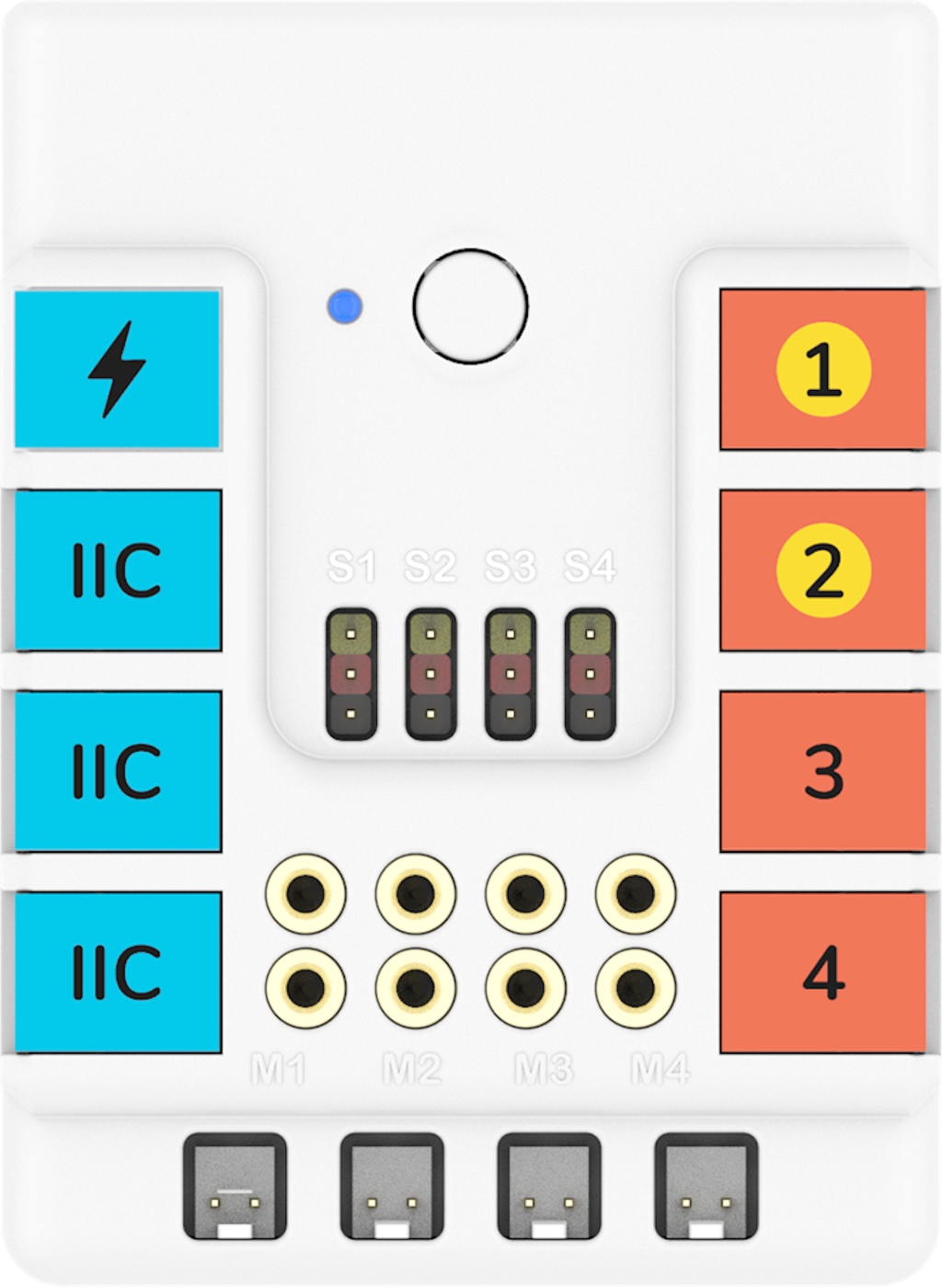
Scenarios
Based on the planetX color sensor and the Nezha expansion board, we have collected different sensors and blocks in one kit for the purpose of learning how to program and get them built into different projects. Thus, we have the Nezha Inventor’s kit for the micro:bit here.
And here is the picture of the Nezha Inventor’s kit:
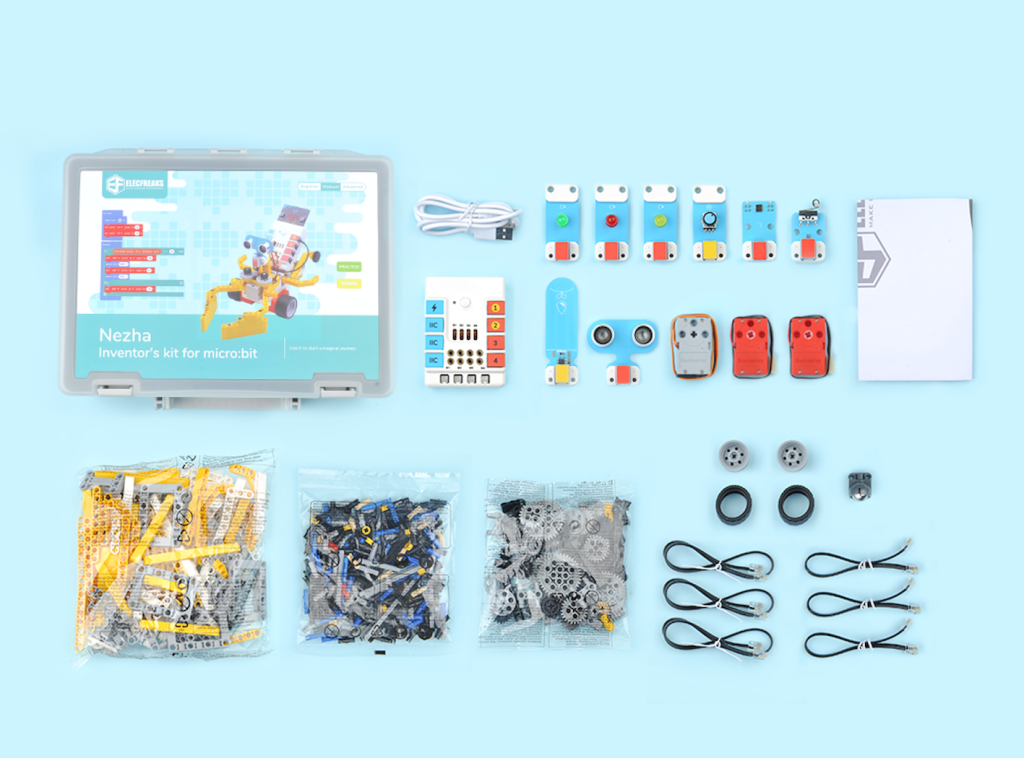
For example, we can do a color-controlled light with the planetX color sensor, the rainbow light sensor, and the Nezha expansion board. All we need to do is to get them connected with the RJ11 cable and to do a simple program on the MakeCode platform. With the supplied cards in different colors, while you put them in the detection scope of the color sensor, the rainbow light will get lighted on with the same color as the cards.
Conclusion
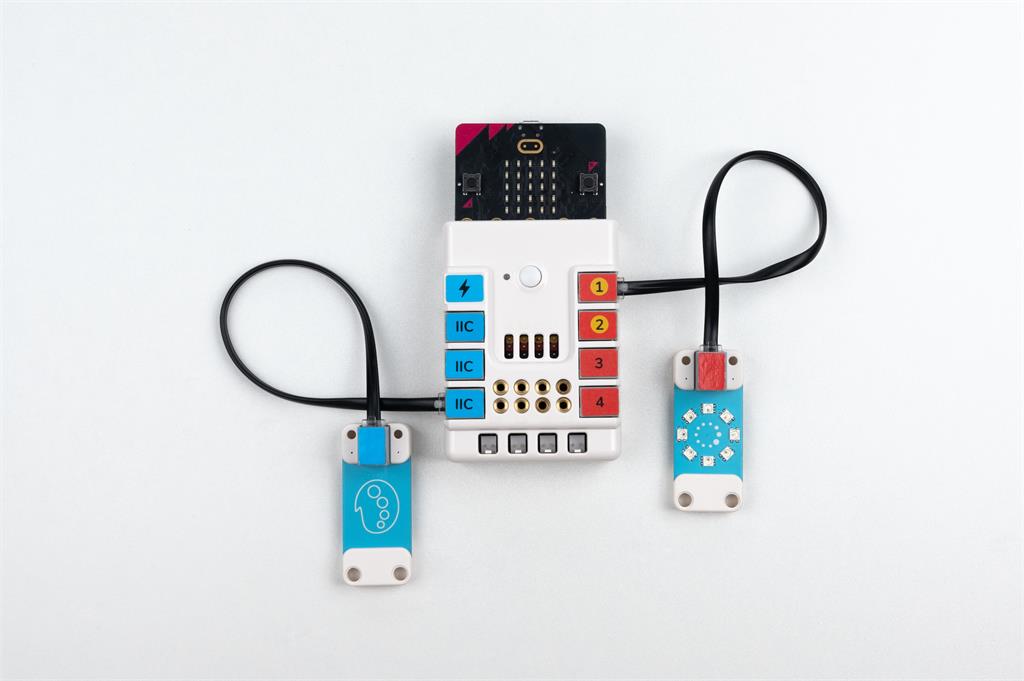
The planetX color sensor is just one of the sensors to detect the basic data of the physics world, based on the BBC micro:bit, we are collecting all the possible sensors and we get them access to the pedagogical scenarios such as in the classrooms or extracurricular teaching tasks, thus, we have over 30 kinds of planetX sensors in different functions available in our webshop by far for a wide choice of the teaching purposes.
Here is a picture to have a glance at some of our planetX sensors:
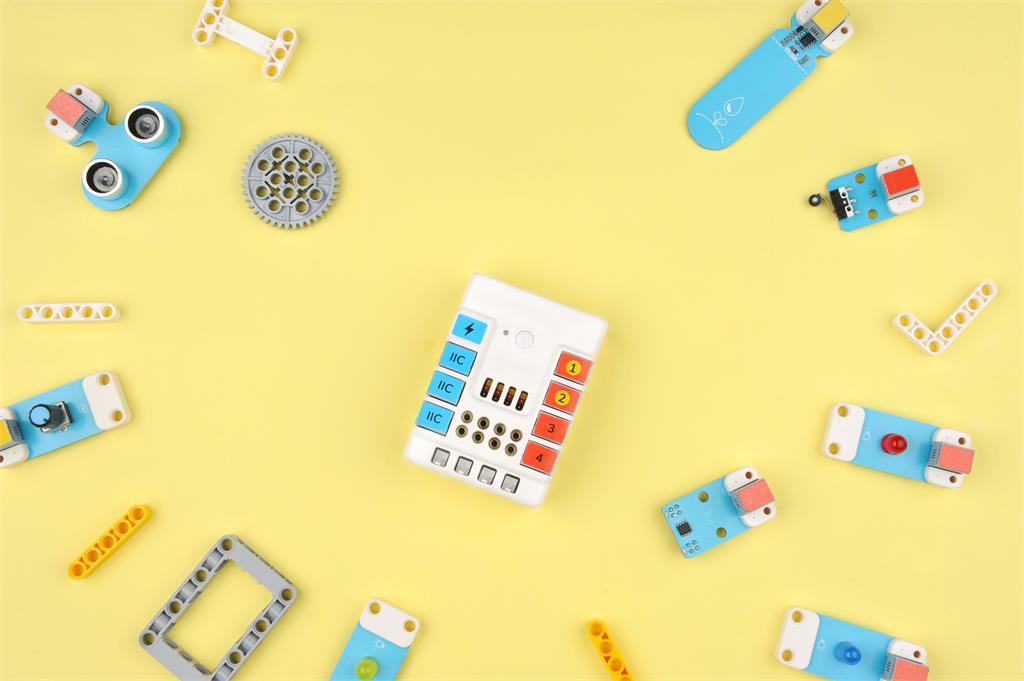
Nezha Inventor’s Kit for micro:bit is one of the kits we create to merge the programming, building, and creation together for teachers and students. Currently, we have developed over 48 projects based on this product and we will continue working on more with the feedback and demands we collect from our partners and consumers.
What’s more, we also have the Inventor’s kit in the second version for sale now, the differences are the block types and the project cases we have in our wiki. If you have any ideas or questions no matter the feedback on the hardware parts or the development of the wiki contents, please feel free to tee us up or reach out to our service email at services@elecfreaks.com.























Comments